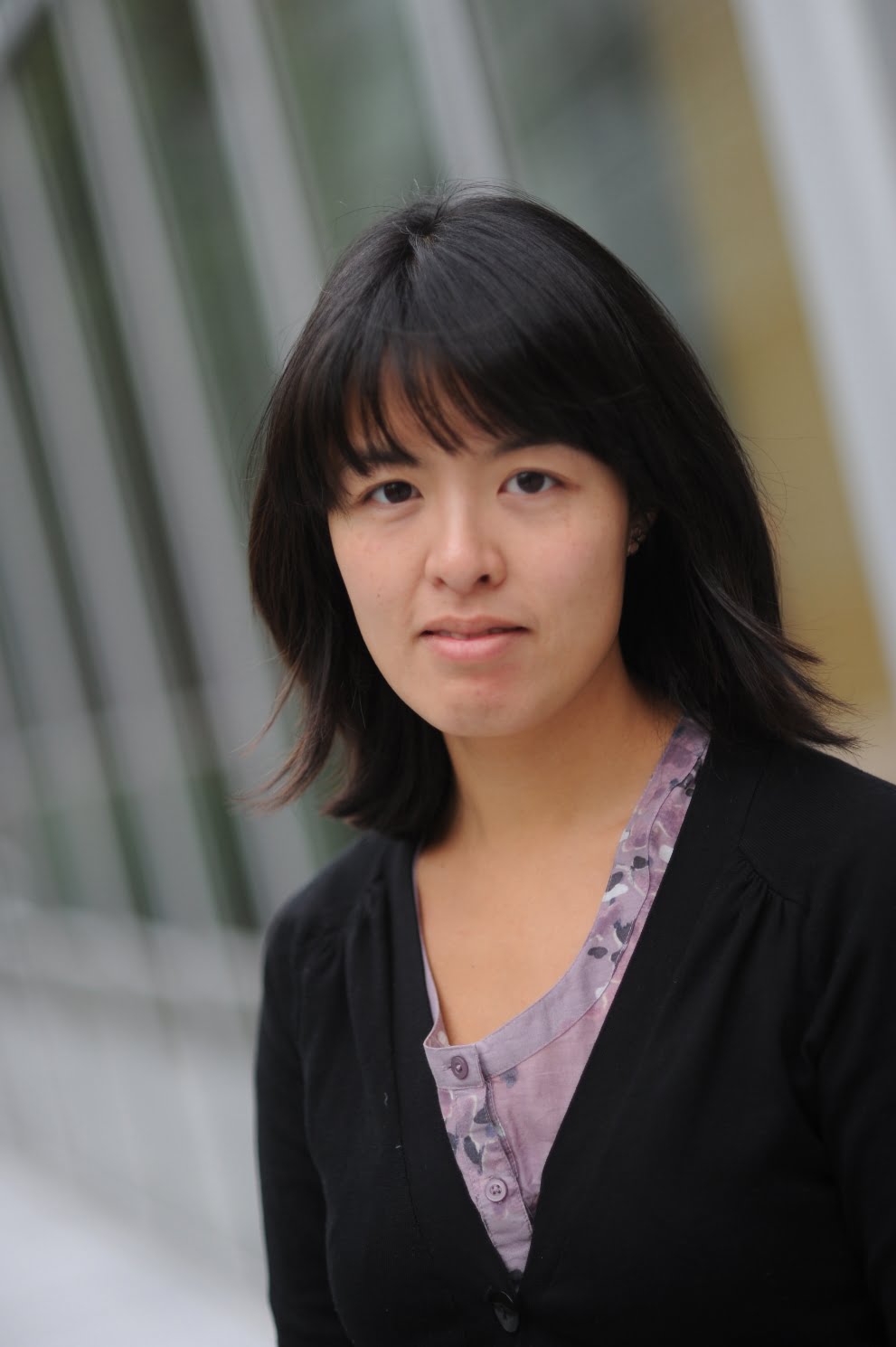
What is Chinatown? Is it an imaginary construct, a real location, or a community? Is it an ethnic enclave only available to insiders, or a fabricated environment designed specifically for tourists? This thesis attempts to reconcile the multiple ways in which Chinatowns in the U.S. are conceived, understood, and used by both insiders and outsiders of the community. By using Henri Lefebvre’s triad of spatial analysis (as detailed in The Production of Space), I create an analytical narrative through which to understand the layered dimensions of Chinatown through the realms of perceived, conceived and lived space. In the first chapter, I closely analyze the visual landscape of an actual location, Tyler Street in Boston’s Chinatown, in order to decipher the spatial (and therefore economic and cultural) practices that shape the environment. In chapter 2, I discuss the representations of Chinatown, or the space as it has been conceived by media makers including photographers, writers and filmmakers. By looking at these through the lens of tourism, I create a framework for analyzing the many cinematic depictions of the neighborhood. In the last chapter, I return to the actual spaces of lived Chinatowns, in particular San Francisco’s Chinatown as captured in the independent film Chan is Missing (1981), and Boston’s Chinatown, as exemplified by three Chinese restaurants in the area. I use Erving Goffman’s idea of everyday performance in order to dissect the ways in which people and spaces perform “Chinese-ness” for outsiders of the community. By focusing all three chapters on the material, tangible artifacts of the physical environment, or what I call ‘Visual Chinatown,’ I hope to create a unified vision of how spaces are created in popular culture.



